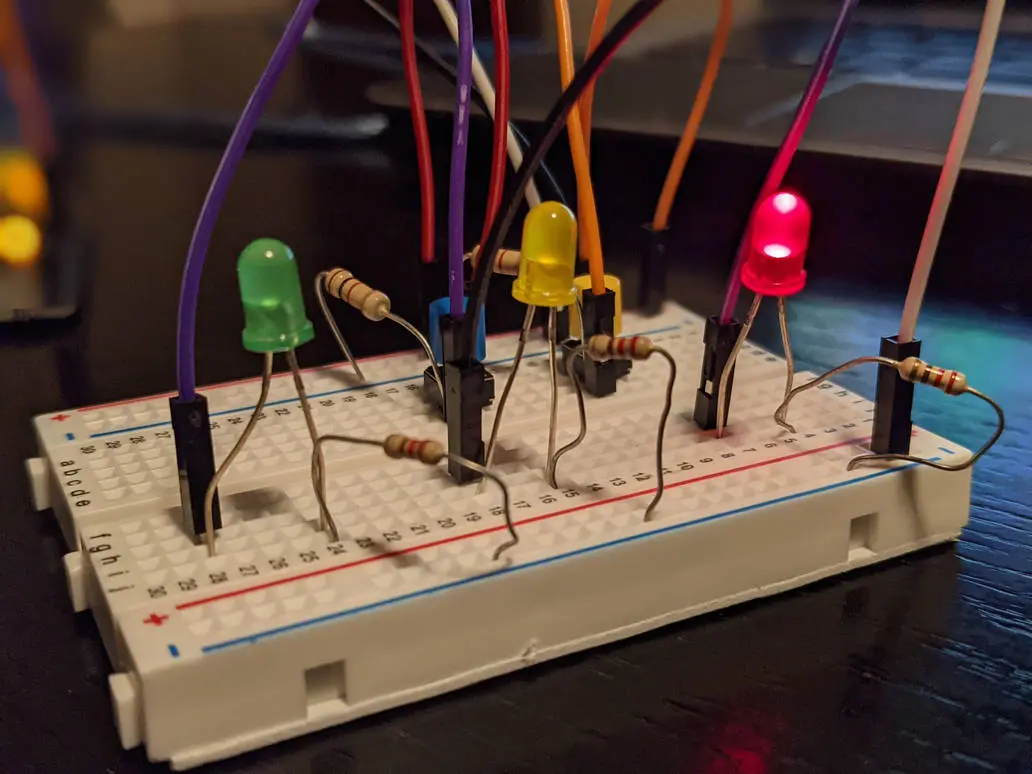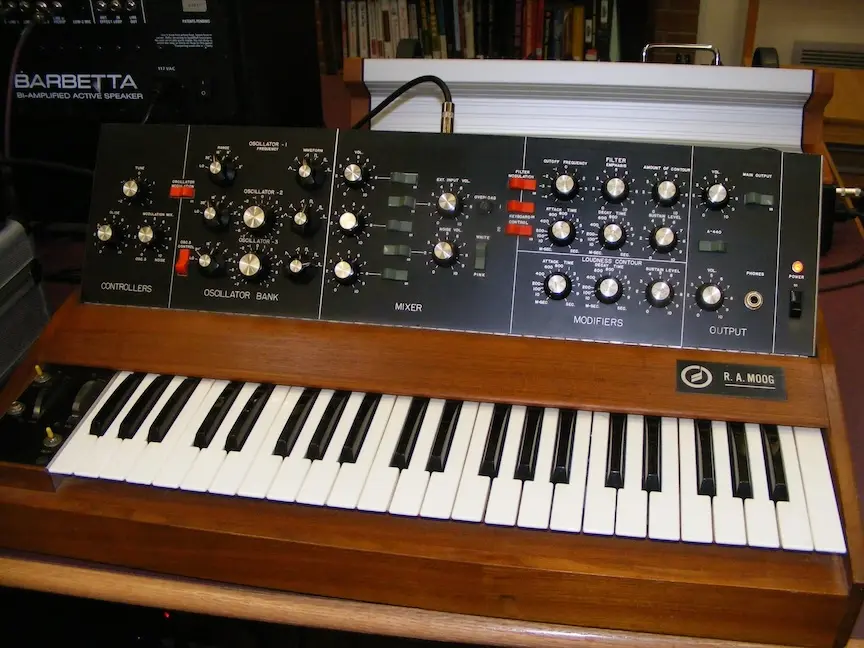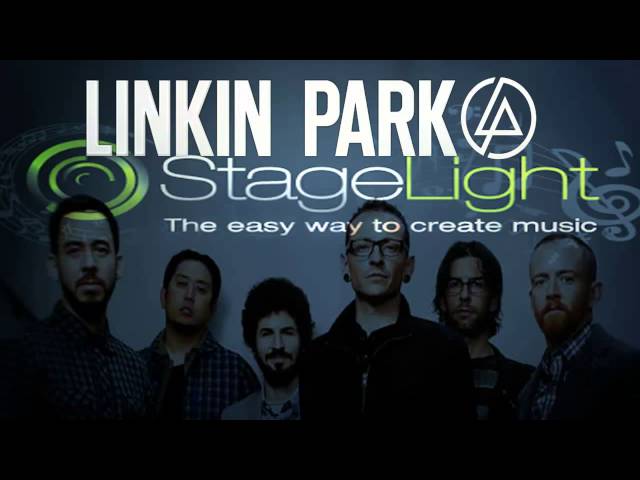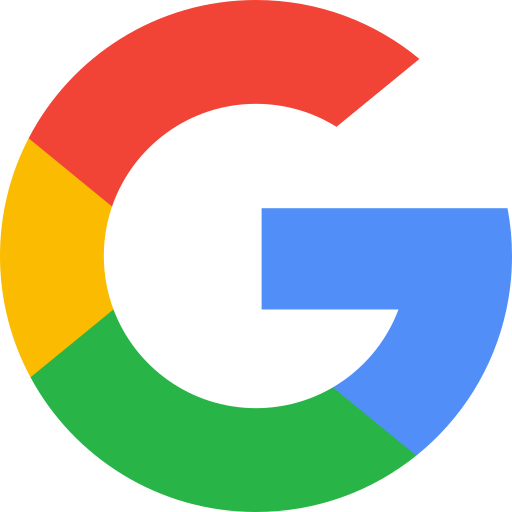AI, Creative Tools, Artists & the need for collaborations
Advertisement:
Update (Nov, 2025): Check out Neutone x Roland’s Project Lydia that brings ML models to hardware, making form factor at the centre of artistic expression. I've been actively advocating for the need of collaboration between creatives, artists and audio product creators. To facilitate this I actively contribute to not-for-profit initiatives such as the Audio Developer Conference (ADC24 is happening this November btw) to ensure that the dialogue between creators, researchers, students and users happen. This has become even more important in the context of artificial intelligence (AI). An analogy I usually give is about synthesizers contributing to Daft Punk’s music. While synths are essentially electronic devices with signals flowing, it was the decision by synth makers to expose certain parameters that allowed artists to interact with them and create arpeggios, melodies and sequences that became part of their styles. As I've said in many of my talks: Elements that now seem obvious – with so many aspects of the circuits, “exposing the LFO as a tweak-able parameter”, “addition of buttons for sequencing in drum machines” or “patch cables in modular systems” — are not just coincidences. They are UI elements and the tech-savvy artists found ways to create something timeliness with them. Which of these do you think makes it easier for a creative to express herself? This: or this: While breadboards are fun too, it's clear that a musician would prefer the latter any day. Hold on to this thought as you read further. It would be naive to assume that news such as "Timbaland Becomes Strategic Advisor for AI Music Company Suno" or "How Jacob Collier helped shape the new MusicFX DJ" are a new phenomena in the audio industry. A lot has happened over the past few decades, particularly in the software world, that I think every audio & music tech enthusiast today must know about. This is the best example (and my favorite one!). Urs Heckmann, founder of uhe, has been a pioneer in making audio products, including many open source projects such as CLAP & dawProject. Being a musician himself, it's evident how uhe products helped many artists. Zebra, uhe's flagship plugin, got extra modules built on Hans Zimmer’s request and eventually that version of the synth was made available to the public as ZebraHZ. Remember Christopher Nolan's famous The Dark Knight? The music of it is all ZebraHZ. You can see Hans using it in his MasterClass series as well, and also in this BBC Studios video at 00:58: Here's a track I had made when I first got my hands on this awesome plugin. You can clearly listen to the "The Dark Knight" vibe in it because I used the presets handcrafted by HZ that came with the plugin. There's the Batman arp, Bat flap sounds and more. In around 2013 (when many other audio tech companies came into existence (including Soundly, Soundtrap, Splice, Blend.io etc), Open Labs released their DAW, Stagelight (Linkin Park Edition). They had also created MusicOS earlier and were involved in helping Linkin Park with their live shows. Stagelight was showcased by Mike Shinoda (see video below) with example of LP's song Burn it Down from their album Living Things. I still so dearly keep Stagelight Linkin Park Edition installed in my system and use it now and then. And here is a track I had created using this DAW when I was in college. MS even retweeted about it 🤗 Sound on Sound magazine had covered Stagelight in one of their articles. The DAW was later acquired by Roland and is now called Zenbeats. Waves Audio x Andrew Scheps: If you're into audio tech, you'll definitely know these names. Waves collaborated with Andrew for plugins such as Scheps Omni Channel 2 bring ideas from a creative professional into making something that every music producer around the world benefited from. Serum by xfer Records, while not created in collaboration with any artist, was created by the artist, DJ and producer, Steve Duda. Every electronic music producer in the world has used this plugin at some point in their work. There are many more examples of such collaborations and it's important to learn and get inspired from them. Comment below your favorite ones.
Well, to begin with, here are 2 items as food for thought:
"Don't we have the most tech-savvy population of creatives ever?", one might ask. So why is it that AI tools are not seeing as much adoption? Here are possible reasons: In my quick call with the Neutone CTO, Andrew Fyfe, we were discussing about how artists can use AI tools to their advantage, and he shared a live performance video of him using Neutone's Morpho audio plugin. He mentioned how their workflow includes ideating > creating > performing > iterating. I've rarely found the 'performing' part in any other AI-first audio company. Check out Andrew's performance (it's so cool!): On the same note 🎵 Jacob Collier and Google’s MusicFX DJ collaboration is something worth noticing: With creative AI tools, since the sonic output is even more wild, most people expect it to produce synth or hardware instrument replica, but they are missing the point – as Andrew had aptly mentioned in our chat. The technology can do much more. Give it a try. The interaction between artists and AI tools has to happen. Companies making them should work with creatives, or have performers in their team. I absolutely love Neutone, and similar startups for the same reason. Being artists themselves, they build, perform and iterate. Another analogy I prefer to mention is about pencils – a technology of its own. There are some who make them and there are those who use them creatively. But then there are also those who do research about the the materials and shapes (you can even choose to think of guitars). But at the end of the day, if we want the industry to grow all these people must start talking to each other!
We now have enough breadboard circuit experts. We need more of those who understand the best of 3 worlds — creative, tech & product. Business & marketing will follow if a few great examples are set, and I'm glad Jacob is doing his part so well.Technology of an era has as much role to play in defining new sounds & genres as the artists. UI enables this.


Collaborations so far:
Hans Zimmer x uhe
Linkin Park x Open Labs Stagelight:

Other notable collaborations:
Andrew is giving a keynote at the free ADCx Gather event on 1st November 2024 on the topic "Interfaces are King!A Practical Look at AI Audio Tools and What Professionals Actually Need"
What's happening now?
What next?
Written by Prashant Mishra
Audio Developer Conference (ADC) | Game Audio India | National Institute of Design | Music Hack Day India | Music Tech Community | Previously contributed to School of Video Game Audio
